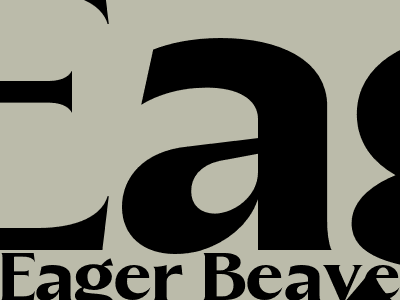
The Ultimate Guide to Technical SEO: Crawling and Indexing
Crawling
Crawling is the process by which search engines discover new and updated content on the web. Search engines use web crawlers, also known as spiders or bots, to visit websites and follow links to find new pages.
Crawlers can access a website through a variety of methods, including:
- Following links from other websites
- Submitting a sitemap to the search engine
- Using a web crawler API
Once a crawler has visited a website, it will extract information from the page, including the page title, content, and links to other pages on the website. This information is then stored in the search engine's index.
Indexing
Indexing is the process by which search engines organize and store the information they have gathered from crawling the web. Search engines use a variety of factors to determine how to index a page, including:
- The page's content
- The page's title and meta tags
- The website's overall architecture
Once a page has been indexed, it can appear in search results for relevant queries. The higher a page is ranked in search results, the more likely it is to be visited by users.
How to Improve Crawling and Indexing
There are a number of things you can do to improve crawling and indexing for your website, including:
- Create high-quality content that is relevant to your target audience.
- Use descriptive titles and meta tags.
- Create a well-structured website with clear navigation.
- Submit a sitemap to the search engines.
- Use a web crawler API to monitor crawling activity.
By following these tips, you can help search engines crawl and index your website more effectively, which can lead to improved visibility in search results.
Conclusion
Crawling and indexing are two essential elements of SEO. By understanding how these processes work, you can take steps to improve your website's visibility in search results.